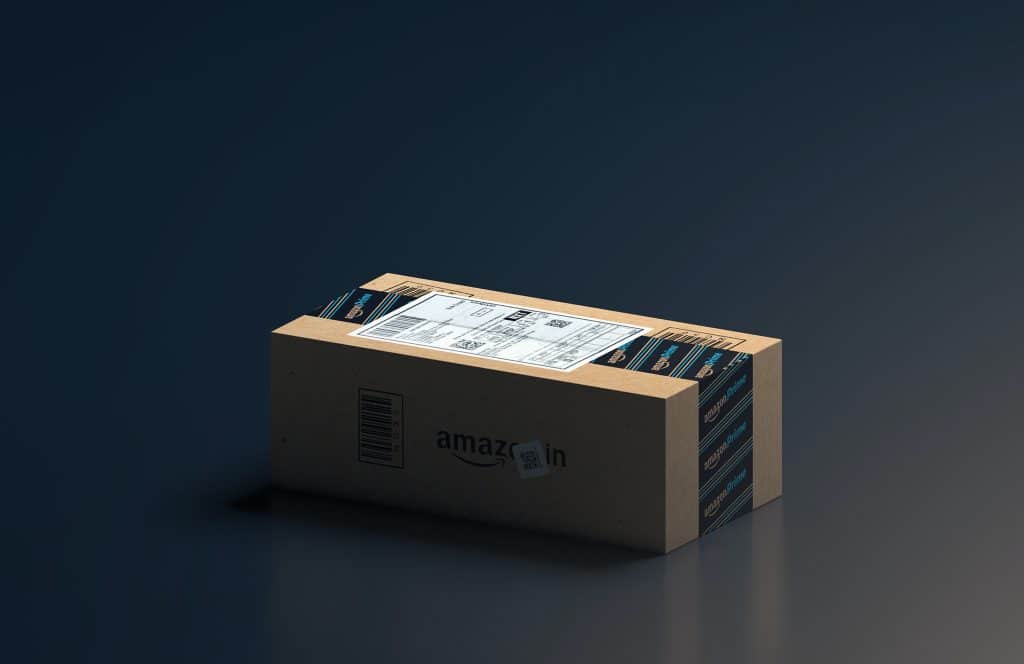Amazon is one of the world’s largest online retailers, selling everything from books and electronics to groceries and furniture. The company has also developed several popular services, such as Amazon Prime and Kindle. With such a vast array of products and services, Amazon has a wealth of data about its customers. Let’s see how Amazon uses big data and improves the overall user experience!
Learn in This Article
- What Data Does Amazon Collect
- How Does Amazon Utilize Data
- How Much Big Data Does Amazon Have
- How Does Amazon Use Big Data in Warehouses and Fulfillment Centers
- How Does Amazon Use Data to Make Decisions
Amazon Data Collection
Amazon has been collecting data on its users for almost three decades, since its inception in 1994. This data includes everything from your purchase history to your browsing habits. However, in recent years, Amazon has come under fire for its data collection practices and possible lack of privacy protection. Although Amazon is taking steps to ensure privacy and security, it’s still essential that you get familiar with some Amazon and big data analytics and facts.
What Data Does Amazon Collect
Amazon collects a variety of data from its users. This includes information like names, addresses, contact information, and purchase history. Amazon also collects data on user activity, such as what products are being viewed and searched for, as well as browsing and buying habits. Additionally, Amazon tracks user location data.
How Does Amazon Utilize Data
Amazon can utilize data in many ways to improve its business. Being able to use big data to track consumer behavior helps Amazon know what products are selling well and which are not—this can aid in prioritizing products to offer. By collecting data about user location and products users are searching for, Amazon can provide targeted content and recommendations. This is also how Amazon uses big data for ads.
Other than for customer observation, did you know how Amazon uses business analytics to monitor its internal operations? After analyzing data such as employee productivity and order fulfillment times, Amazon can make changes that improve efficiency. Amazon’s use of business analytics has been instrumental in its success.
How Much Big Data Does Amazon Have
It’s estimated that Amazon has more than 2,000 real-time and historical data collections per order. Its customer database has more than 150 million users. Did you know that Amazon ships 6,659 packages per minute? Also, the Amazon web crawler has over 1,000,000,000 gigabytes of data.
In recent years, Amazon has been using big data to develop new products and services, such as the Amazon Echo and the Amazon Fire TV Stick.

How Does Amazon Use Big Data in Warehouses and Fulfillment Centers
Before we explain how Amazon uses big data in warehouses, let’s learn the difference between a warehouse and a fulfillment center.
A warehouse stores items that will be used later, while a fulfillment center stores products briefly, only while they’re on their way to a buyer. With that out of the way, let’s continue.
Amazon has been using big data in its warehouses for many years regarding warehousing. By tracking the movements of products and staff within its warehouses, Amazon has improved its inventory management and reduced costs.
When it comes to Amazon’s practices, big data tracks inventory levels, shipping routes, and customer orders. This information is then used to optimize every step of the fulfillment process, from stocking shelves to packing boxes. As a result, Amazon can ship orders faster and more efficiently than ever before.
How Does Amazon Use Data to Make Decisions
Amazon is well-known for its customer focus, and data plays a significant role. Amazon uses data to decide everything from what products to stock to how to price them. So let’s reveal how Amazon uses big data to help customers.
Amazon harnesses the data to improve customer service, personalize its recommendations, and improve logistics and delivery operations. This boosts sales and keeps customers coming back to the site.

Here’s how Amazon uses predictive analytics:
By analyzing customer purchase patterns, Amazon can anticipate demand and ensure that its shelves are always stocked with the items shoppers are looking for. This gives Amazon a substantial competitive advantage over brick-and-mortar retailers, who often have to rely on guesswork to make decisions about inventory.
Plus, Amazon uses data to optimize its pricing strategy. It constantly monitors competitor prices and customer shopping habits, so it can adjust its prices on the fly and always offer shoppers the best possible value.
Key Takeaways
The focus on data has, in part, made Amazon one of the most successful companies in the world. However, some people are concerned about the extent of Amazon’s data collection and whether or not it violates their privacy. Recently, Amazon has come under fire for allowing third-party app developers to access users’ personal data.
While Amazon says it takes measures to protect user privacy, some people remain skeptical. Whether you’re concerned about privacy, it’s essential to be aware of data collection and how Amazon uses big data to personalize each customer’s shopping experience and improve its operations.
